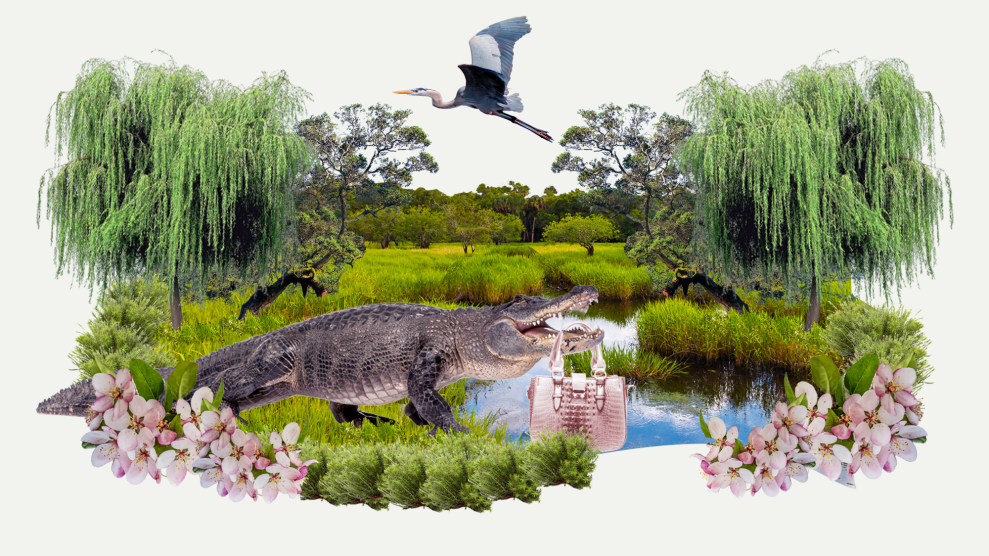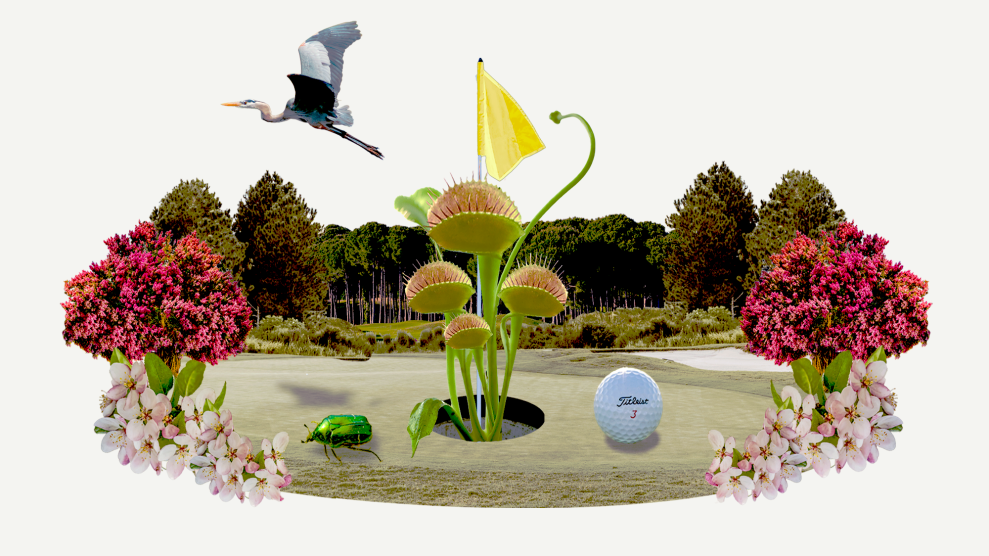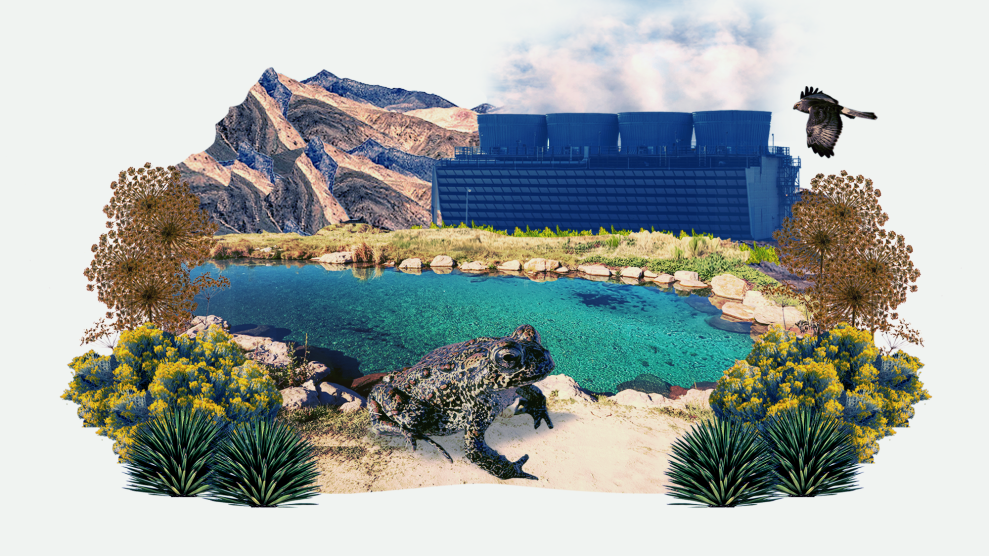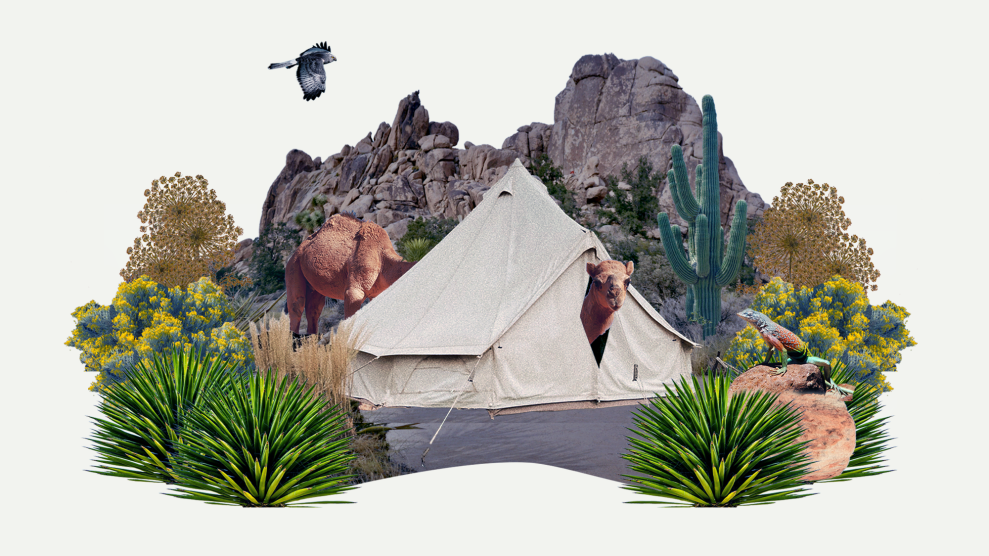
The Kauaʻi ʻōʻō, a small black and yellow bird, was among those officially declared extinct in 2023.John Gerrard Keulemans/WikiMediaCommons
This story was originally published by the Guardian and is reproduced here as part of the Climate Desk collaboration.
The Kauaʻi ʻōʻō, a small black and yellow bird with glossy feathers and a haunting song, was the last surviving member of the Hawaiian honeyeaters. This year, it was officially declared extinct.
The ōʻō was one of 21 species that the US Fish and Wildlife Service removed from the endangered species list in 2023 because they had vanished from the wild. Gone is the little Mariana fruit bat—also known as the Guam flying fox—and the bridled white-eye, which was once one of the most common birds on that island. So too, are the Scioto madtom, a diminutive, whiskered catfish that lived in Ohio, and the Bachman’s warbler, which summered in the US south and wintered in Cuba. Eight freshwater mussels in the Southeast are officially extinct, as are eight Hawaiian birds.
The delisting, which was finalized in November after two years of study and consideration, came as no surprise to biologists and conservationists. Many of these species had not been seen in decades. But the announcement was a sobering reminder that the climate crisis and habitat destruction are accelerating an extinction crisis that threatens 2 million species globally.
For the scientists and environmentalists who have been working to protect these species, the delisting has been a moment to mourn—and to galvanize. “It’s a horrible tragedy,” said the ecologist and author Carl Safina. “And I think it is a breach of our moral guardrails.”
In the US, the loss of biodiversity is felt more acutely in Hawaii than anywhere else. Eight of the 21 delisted species were Hawaiian forest birds. Four other species are at imminent risk of extinction, largely due to an epidemic of avian malaria, a disease transmitted by invasive mosquitoes, and habitat loss.
And the climate crisis, which has shifted local weather patterns and reshaped sensitive island ecosystems, is further complicating matters, said Rachel Kingsley. As an outreach associate with the Maui Forest Bird Recovery Project, a conservation organization, she has been involved in efforts to recover the critically endangered cousins of the birds declared extinct this year.
“Many of the same threats faced by the birds that were recently declared extinct are the same ones threatening our forest birds now,” Kingsley said. “Within the last handful of years, the threat of malaria has really increased dramatically.”
To combat the disease, which is spread by mosquitoes that were probably introduced via European ships in the early 19th century, a coalition of federal and state officials and non-profit groups are releasing mosquitoes with a special strain of bacterium that can suppress the insects’ ability to reproduce. But in the meantime, warmer temperatures have expanded the mosquitoes’ range, pushing them into higher elevations, leaving forest birds with little refuge. “Unfortunately, it seems like the fast forward button kind of got pushed down on us,” said Kingsley.
Global heating has also fueled extreme weather, exacerbated drought and wildfire risk, further imperiling the islands’ forest birds. This year, the devastating blaze that destroyed the town of Lahaina nearly engulfed a conservation centre for some of the world’s rarest birds, including the ‘akikiki, a species of honeycreeper that is considered the most endangered bird in the US. The fire came within about 150 feet of the property before conservationists were able to fight it off.
For the scientists fighting to save them from extinction, bearing witness to their decline can be a profound and devastating responsibility. In his nearly 50-year career, Jim Jacobi, a biologist with the Pacific Island Ecosystems Research Center, has been one of the last people on earth to ever see at least four birds that are now considered extinct. In 1984, he was one of the last people to ever hear the song of the Kauaʻi ʻōʻō.
“I still get goosebumps—the hair in the back of my neck stands up when I think about it,” he said. He and two other researchers had hiked out to a remote forest in Kauai when they heard it. “That oo’oo-oo-auh sound.
“It was just amazing—very flute-like,” he recalled. He immediately turned on his recorder to capture the song.
The bird flitted away—but a few moments later, when they hiked down to an old nest tree, they heard it again. Jacobi wanted to make sure his recorder was ready and working, so he rewound the tape and played it back.
Suddenly, ʻōʻō came soaring toward the researchers, singing its mellifluous song. It came so close that they didn’t need binoculars to see its glossy black feathers, and the peek of yellow at its tail.
“I thought, wow, this is fantastic!” Sincock said. Almost immediately, he deflated. The ʻōʻō had been drawn to a recording of its own voice—thinking it was another bird. “It came because it thought it heard something that it probably hadn’t heard for a long time—another of its kind,” he said. This bird was perhaps the last of his species, singing for a mate that would never come.
Kauaʻi ʻōʻō was one of many ʻōʻō birds that lived throughout many parts of the Hawaiian islands. Its delisting marks the only complete loss of an entire avian family in modern times.
Its cousins on the Big Island, Oahu and Molokaʻi had even grander tail feathers that were once used to construct the cloaks and capes worn by Hawaiian royalty, explained Jonee Peters, executive director of the Conservation Council for Hawaii. Hunters would collect the feathers without harming the birds, during the moulting season—using skills and knowledge that have all but faded away.
“What makes us Hawai’ian is the collective experiences of ourselves and of our ancestors,” said Noah Gomes, a native bird expert and historian based in Hilo. “We’re losing something of ourselves when these birds disappear.”
The federal government first proposed removing nearly two dozen species from the endangered species list in 2021. Until then, only 11 other species had ever been delisted because of extinction in the 50 years since the Endangered Species Act (ESA) took effect.
“The news just made me so sad,” said Tierra Curry, a conservation biologist with the Center for Biological Diversity (CBD). “I had all these feelings back then and I needed to process them.”
So she organized a wake. She and a colleague wrote eulogies for each species, noting that the Little Mariana fruit bat, “wasn’t all that little, actually,” and marveling at how the inch-long San Marcos gambusia made a home for itself in a half-mile, slow-flowing section of the upper San Marcos River in Texas. During a virtual ceremony, as volunteers read out the tributes, she lit prayer candles embossed with each species’ image. “I thought about how I would grieve for a friend—and of course we would have a ceremony, and talk about them,” she said.
She also thought about how she could honor their memory. “It’s important to make space for grief, because grief is a rational response to what is happening to the planet,” Curry said. “But it’s also important to not dwell there. As I lit the candles for each extinct species, I also focused on what I could do to save the ones that are still here.”
When the Fish and Wildlife Service finalized its decision to declare the species extinct this year, Curry resolved to advocate for more conservation funding and a strengthening of the ESA. This year has put renewed scrutiny on the landmark legislation and whether it is enough to fight the staggering rate of biodiversity loss.
In many cases, Curry said, the species that were declared extinct this year had been listed too late. The flat pigtoe mussel, for example, only gained ESA protections in 1987—seven years after it was last seen in the wild, and more than a decade after construction began on a dam that experts agreed would imperil its population.
In other cases, species are protected—but scientists lack the funding and resources needed to recover them. A 2016 study by CBD found that Congress only provides about 3.5 percent of the funding that the Fish and Wildlife Service’s own scientists estimate is needed to recover species.
The Endangered Species Act has helped bring some species—such as the bald eagle—back from the brink. “But in some ways, the ESA is like having an emergency room and intensive care unit, without providing regular immunizations and check-ups,” said Safina.
The scope of the extinction crisis, he said, “is completely overwhelming to the capacity of the human mind to actually know and understand.”
Amid a worsening climate crisis and rapid deforestation and habitat loss, nearly all of nature needs urgent action and protection. It is nearly impossible for us to fathom how quickly, how many species are disappearing, Safina added. “And so the endeavor of stopping this crisis becomes more of a religious kind of experience than a scientific one, in a sense, more moral than practical.”















